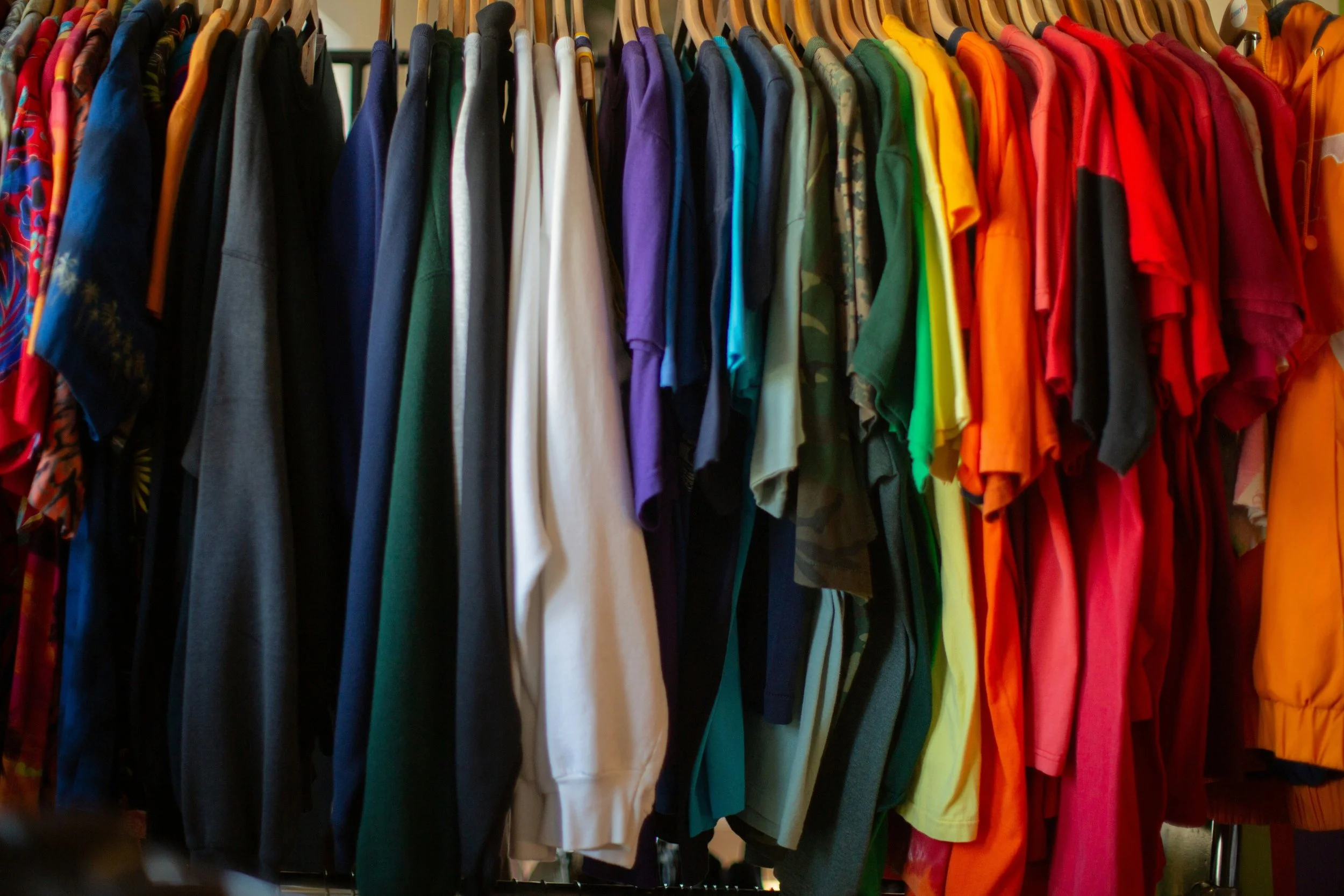Enclothed Cognition: How What We Wear Shapes LGBTQ+ Identity and Confidence
Enclothed Cognition: How What We Wear Shapes LGBTQ+ Identity and Confidence
Clothing has always been more than fabric stitched together. It’s a language, a signal, a mirror reflecting how we see ourselves and how we want the world to see us.
For LGBTQ+ people, the stakes are even higher. Fashion serves more than just aesthetics; it’s about safety, affirmation, and sometimes rebellion.
What psychology calls enclothed cognition—the idea that what we wear influences how we think and behave—can help explain why putting on the “right” outfit often feels like slipping into your truest self.
This concept doesn’t merely belong in the ivory tower of academia. It’s embodied daily by queer people choosing what to wear to work, to a first date, or to a family gathering.
Let’s dive into the science, symbolism, and power of enclothed cognition through a lens that centres LGBTQ+ experience.
What Is Enclothed Cognition?
Enclothed cognition was first introduced in 2012 by psychologists Hajo Adam and Adam Galinsky.
Their study revealed that when participants wore white coats described as “doctor’s coats,” they performed better on attention-related tasks. And when the same coat was described as a “painter’s coat,” the effect disappeared.
This research furthers the idea that it’s not just clothing itself that matters, but the symbolic meaning attached to it. When we dress in ways that align with traits we want to embody—confidence, creativity, authority, authenticity—we activate those qualities in ourselves.
The Playful Side of Dressing the Mind
Clothing doesn’t always have to be serious—it can also be playful. Think of queer fashion’s love for camp, excess, and fun.
In other words, dressing “as if” allows us to try on courage before we fully feel it.
It’s the same mindset as a game of Tong its; you don’t always control the hand you’re dealt, but you can choose how to play it.
Outfits are like strategy cards: picked wisely, they change the entire game.
Why It Matters to LGBTQ+ Communities
So, why does enclothed cognition matter to queer people and spaces? Below are the pillars that bolster clothing and style choices as manifestations of the life and qualities you want.
Clothing as Identity Affirmation
For queer and trans people, clothing is often the first and most visible form of self-expression. Think of a trans man wearing his first tailored shirt, or a lesbian choosing a sharp suit for her wedding, or a nonbinary teen experimenting with androgynous streetwear.
These aren’t just style choices; they’re affirmations of identity.
When the clothes we wear align with who we are inside, the psychological effect is profound. Enclothed cognition reinforces that alignment, boosting confidence, lowering stress, and even sharpening our sense of belonging.
Dressing Against Norms
Historically, LGBTQ+ communities have used clothing to resist and subvert cultural norms. Think of the handkerchief code in the 1970s, drag culture’s flamboyant costumes, and ballroom fashion; all demonstrate how clothes become instruments for communication and defiance.
Every feather boa and tailored tuxedo carried meaning, moulding not just how the wearer thought about themselves but also how they challenged society to see them.
In this sense, enclothed cognition has always been part of queer history, long before it had a name.
Self-Perception in Action
Imagine slipping into a favourite outfit before a nerve-wracking event. Science suggests your brain isn’t just comforted by the fabric—it’s absorbing the symbolism.
That rainbow pin doesn’t just accessorize; it says I’m proud. That leather jacket doesn’t just keep you warm; it says, “I’m resilient.”
The meaning matters.
The Safety and Strategy of Dress
Not all clothing choices are about celebration. For many LGBTQ+ people, especially in environments where acceptance isn’t guaranteed, clothing is strategic.
Choosing whether to “dress down” queerness to avoid harassment is a calculation rooted in survival.
Even here, enclothed cognition is at play—what you wear doesn’t just change how you feel, but how you navigate spaces.
Gender Expression and Cognitive Alignment
Now, let’s explore enclothed cognition from the perspective of our trans and non-binary folks.
Because your wardrobe should match what you feel on the inside before you can express it outwardly.
Trans and Nonbinary Experiences
For transgender and non-binary individuals, clothing can be transformative. A binder, a skirt, or a suit isn’t just fashion—it affirms that the inside finally matches the outside.
Research in psychology consistently shows that gender-affirming clothing reduces dysphoria, improves mood, and strengthens mental health outcomes.
Enclothed cognition offers a framework for why: when your clothing aligns with your identity, your mind aligns with your body.
Drag as Performance and Transformation
Drag is another example of where clothing dramatically shapes cognition. Performers often describe becoming more confident, fearless, and powerful the moment their wigs, heels, or makeup go on.
Clothing doesn’t just disguise—it transforms. It creates an altered state of self that spills into the performance, reshaping how both the performer and audience think.
Everyday Applications of Enclothed Cognition
Your wardrobe is also essential in establishing how you present yourself to the world. Below are the everyday applications of enclothed cognition.
Work and Professional Spaces
For LGBTQ+ employees, clothes often have a dual burden: professionalism and authenticity. Wearing something affirming at work can foster better focus and productivity.
Conversely, being forced into “dress codes” that erase identity can stifle not just creativity but also confidence.
Social and Romantic Contexts
On dates, in clubs, or at Pride, clothing becomes a way of signalling availability, style, and personality.
A bold outfit can boost courage when meeting someone new, while a subtle accessory might spark a connection with someone who recognizes its meaning.
Small Symbols, Big Impact
Sometimes, it’s not about the full outfit. A bracelet, a patch, or a pair of sneakers can be enough to trigger enclothed cognition.
The brain doesn’t need a complete wardrobe overhaul to shift into alignment; it just needs a meaningful cue.
Moving Forward: Why Clothing Policies Matter
Enclothed cognition has powerful implications for how we structure schools, workplaces, and communities.
Restricting dress codes that deny LGBTQ+ people the right to affirm their identities isn’t just outdated—it’s psychologically harmful.
On the bright side, policies that encourage authentic self-expression open the door to better well-being, stronger performance, and more resilient communities.
Conclusion: Dressing the Body, Empowering the Mind
Clothes are never “just clothes.” They are stories, shields, and affirmations woven into fabric.
For LGBTQ+ readers, enclothed cognition validates what many have long felt: the right outfit doesn’t just look good—it makes you think and be differently.
So the next time you put on something that feels like “you,” know that it’s not vanity or frivolity. It’s psychology, empowerment, and liberation at work.
In a nutshell, enclothed cognition for queers is about dressing the body as dressing the mind.

